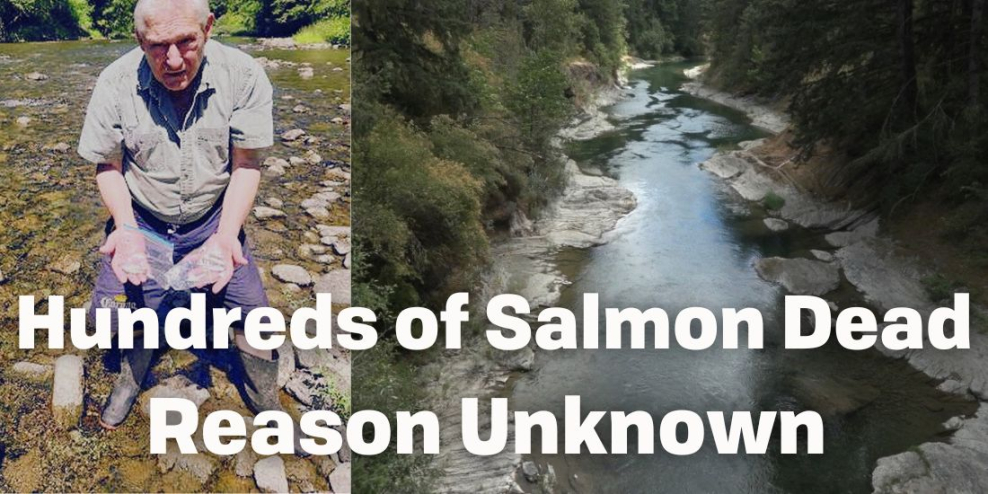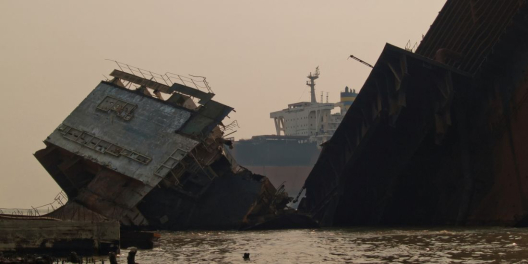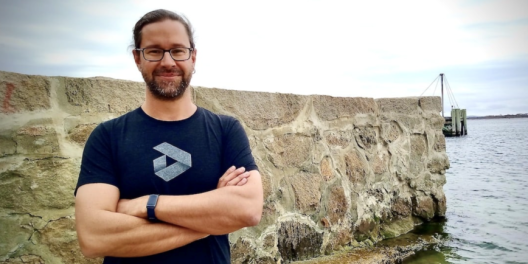When Graham Auger took his daughter snorkelling last weekend, he expected her to be awed by some of the many fish in the Cowichan River – just not dead ones.
She was having fun exploring just below Skutz Falls, but when the girl came up for a breather, she had some weird news to tell her father. Instead of seeing fish zipping by, she had seen a ton of dead salmon and trout.
“I dove down to take a look,” Auger told Times Colonist. “There were a couple of hundred-plus easily.”
Even worse, the ones he could see that weren’t dead were clearly in distress, floating sideways or belly up as they tried to keep swimming.
Local authorities were just as confused when Auger called to tell them what he’d seen.
“We don’t know what is going on. It’s terrible,” said Joe Saysell, a local who lives by the river and has been watching over it for decades. “In my 75 years here, I’ve never seen anything like this.”
Predators quickly eat the fish, making it nearly impossible to determine how many have died. All Saysell knows is the majority he’s been seeing are coho salmon and rainbow trout fry, about 7.6 centimetres (three inches.)
The size lines up with them being last year’s fry, and Saysell said to see so many second-years dying is “very, very alarming.”
As Cowichan Tribes Chief Lydia Hwitsum, also co-chair of the Cowichan Watershed Board, said, whether it’s hundreds dead or thousands, “The loss of any number of fish is very concerning.”
Many groups manage the Cowichan River, including the Province, Fisheries and Oceans Canada (DFO), Cowichan Tribes, the Cowichan Watershed Board, and Catalyst Paper Corporation. As of yet, they’ve yet to figure out the cause of the mysterious fish die-off.
“We have checked the temperature, and we have checked the dissolved oxygen in the river, and they are both good,” said Parker Jefferson with the Cowichan Stewardship Roundtable to CTV News.
DFO is now doing toxicology tests to determine what killed the fish. The results of those tests aren’t expected for a few weeks.
One culprit that has been suggested is the possibility that low water levels, regulated through a very old weir, could further harm the salmon’s survival rates.
Cowichan Tribes repeatedly called for the province to support a new and higher weir “so that the river and salmon do not face these dire circumstances in the future,” said Hwitsum.
“The acute need for replacement of the weir at Cowichan Lake has never been more evident as this year.”
It’s not the first strange die-off on the Island this year. Willow Creek outside Campbell River had thousands of fry die suddenly through a suspected but unconfirmed contamination.
Both die-offs highlight the need for further regulation of what ends up in our water systems.









